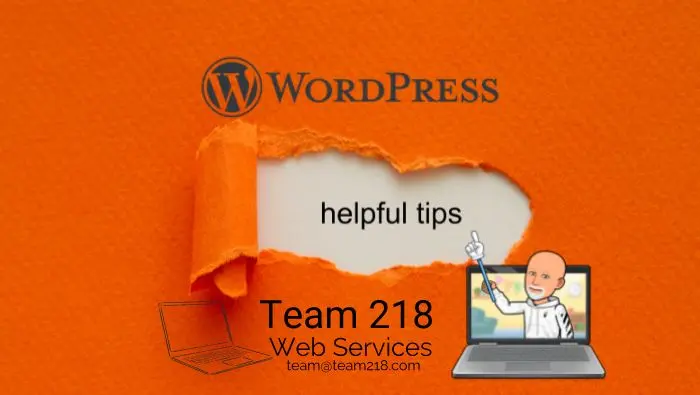
What Is a WordPress Plugin?
WordPress plugins are small pieces of software that you can install on your WordPress website to add new features and functionality. There are thousands of WordPress plugins available, ranging from simple tools that help you manage your website's appearance and layout to more complex plugins that add advanced features like contact forms, e-commerce integration, and more. Some examples of common WordPress plugins include: Contact form plugins: These plugins allow you to create and manage contact forms on your website, making it easy for visitors to get in touch with you. SEO plugins: These plugins help you optimize your website's content and structure for search engines, making it easier for people to find your site in search results. E-commerce plugins: These plugins enable you to sell products and services directly on your website, including tools for managing inventory, processing payments, and tracking orders. Security plugins: These plugins help protect your website from security threats by scanning for vulnerabilities and blocking malicious traffic. Backup plugins: These plugins create backups of your website's data, so you can restore your site in the event of data loss or other disasters. To install a WordPress plugin, you'll need to log in to your WordPress dashboard and navigate to the Plugins menu. From there, you can search for and install the plugin you want to use. Some plugins are free, while others require a purchase or subscription fee.Installing a WordPress Plugin
Installing WordPress plugins is a simple process that can help you add new features and functionality to your WordPress site. Follow these steps to install a WordPress plugin from the WordPress plugin repository:- Log in to your WordPress dashboard: In your web browser, enter the URL for your WordPress site and log in using your username and password.
- Navigate to the Plugins menu: From the left-hand menu, click on the "Plugins" option.
- Click on the "Add New" button: This will take you to the plugin installation screen.
- Search for the plugin you want to install: Use the search bar at the top of the screen to search for the plugin you want to install. You can also filter your search results by clicking on the "Feature Filter" button and selecting specific features you're looking for.
- Install the plugin: Once you've found the plugin you want to install, click on the "Install Now" button. WordPress will download and install the plugin for you.
- Activate the plugin: After the plugin has been installed, you'll need to click on the "Activate" button to start using it on your site.
- Configure the plugin: Some plugins will have additional settings that you can customize to your liking. To access these settings, click on the "Settings" link next to the plugin in the Plugins menu.
- Log in to your WordPress dashboard: In your web browser, enter the URL for your WordPress site and log in using your username and password.
- Navigate to the Plugins menu: From the left-hand menu, click on the "Plugins" option.
- Click on the "Add New" button: This will take you to the plugin installation screen.
- Click on the "Upload Plugin" button: This will open a new window where you can select the plugin file from your computer.
- Choose the plugin file: Click the "Choose File" button and select the plugin file from your computer. The plugin file should be a .zip file.
- Click on the "Install Now" button: Once you've selected the plugin file, click on the "Install Now" button to begin the installation process. WordPress will upload and install the plugin for you.
- Activate the plugin: After the plugin has been installed, you'll need to click on the "Activate" button to start using it on your site.
- Configure the plugin: Some plugins will have additional settings that you can customize to your liking. To access these settings, click on the "Settings" link next to the plugin in the Plugins menu.
from Team 218 Web Services https://ift.tt/3fSZLWA
via IFTTT


No comments:
Post a Comment